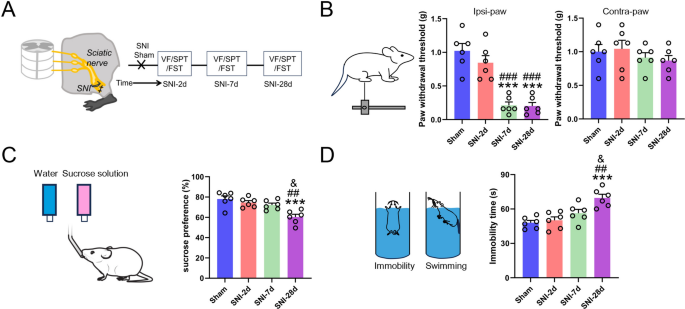Australian researchers have identified genes associated with Obsessive Compulsive Disorder (OCD) for the first time, a significant advancement in understanding this often misunderstood condition. Scientists from QIMR Berghofer in Queensland conducted the largest study to date on OCD, involving over 50,000 individuals diagnosed with the disorder and two million without it. The findings, published in Nature Genetics, pinpoint approximately 250 genes connected to OCD.
Professor Eske Derks, senior group leader at QIMR Berghofer, expressed excitement about the discovery, noting, “This is the first study where we found actual genes that play a role in OCD. We’ve been working on this for many years, and these findings have dramatically increased our knowledge of the genetic basis of OCD.”
OCD is frequently characterized by compulsive behaviors such as excessive cleaning or checking, but its manifestations can vary widely. Individuals may experience anxieties related to harming others, doubts about relationships, or existential concerns.
The research highlighted that genes associated with OCD are most active in three critical brain regions: the hippocampus, striatum, and cerebral cortex. These findings support previous research indicating a genetic overlap between OCD and other mental health disorders, including anxiety, depression, and anorexia nervosa. Professor Derks stated, “We found a really large number of genes which are shared with anxiety disorders, depression, and also with anorexia nervosa.”
The study’s results could lead to improved treatment options for the approximately half a million Australians affected by OCD, as well as facilitate faster diagnoses for others. Professor Derks emphasized the need for more funding to further this research, stating, “The next steps for our research team are to use these genetic discoveries to identify existing drugs, currently being used to treat other conditions, that may be effective for OCD patients. This could lead to more innovative treatment options.”
OCD can emerge in late childhood or early adolescence, and it can also develop in women following childbirth. Treatment options typically include psychological therapy, medication, and community support. The identification of specific genes related to OCD may offer new avenues for developing targeted therapies and improving patient care.



